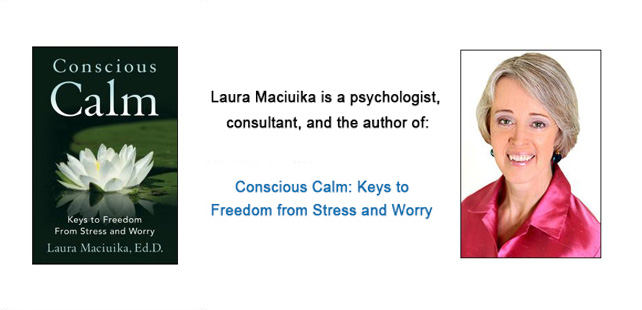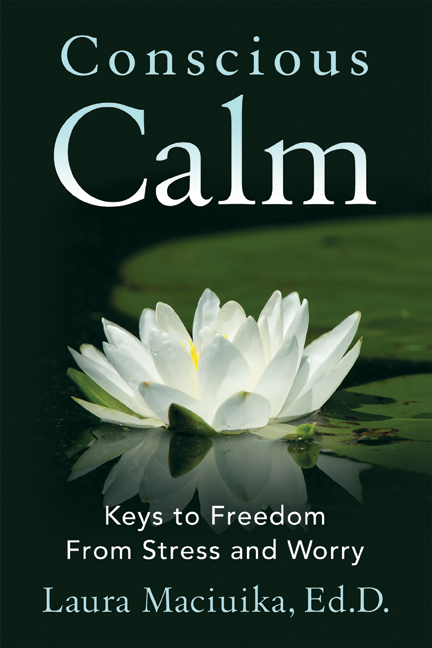 High chronic stress and trauma share an important feature: both can include a feeling of helplessness. A sudden, traumatic external event is by definition out of our control. Something terrible happens to us, around us, or to someone we know. The intensity of the emotions is strong, while the feeling of being in control disappears.
High chronic stress and trauma share an important feature: both can include a feeling of helplessness. A sudden, traumatic external event is by definition out of our control. Something terrible happens to us, around us, or to someone we know. The intensity of the emotions is strong, while the feeling of being in control disappears.
To feel out of control can be one of the most frightening and panic-inducing elements of traumatic events. The memory of feeling so out of control can be triggered again by memories of the event, bringing on even more anxiety.
With chronic high stress, the stressful circumstances in our lives may be more familiar or predictable. Yet, a sense of being out of control is often present as well. Whether struggling with a chronically difficult financial situation, with multiple jobs or roles that are taking their toll, or being in circumstances that do not feel safe or secure, the feeling of things being out of one’s control can be difficult and scary.
Feeling like we are trapped, or that we can’t change a difficult situation, can bring on even more feelings of helplessness. This can even create a pattern of what psychologists have called “learned helplessness” in which a kind of internal collapse and giving up occur over time. Recent research has shown us more about the brain science behind learned helplessness. It involves some of the older, more primal brain centers and stress responses.
When we feel helpless due to chronic high stress or traumatic events, healing and coping both can be aided by addressing the feeling of helplessness directly. This can be done in two basic ways: by focusing on what can be controlled externally, and by focusing on what can be controlled internally.
In both cases, the key to shifting our experience is internal. Shifting attention to the power of choice, the reminder that there is always choice in every moment, can be the catalyst for connections and actions that lead to greater control, stress relief, and healing. Asking the simple but profound question “What are my options here?” can lead to greater awareness of the available ways to connect with yourself and others in healing ways. This is one of the essential ingredients in feeling more in control again, sensing your hands back on the wheel of your life.
On the external level, healing and feeling in greater control can be supported by choosing to connect with others to create something positive out of traumatic, stressful experiences. One example is the families of slain children in Sandy Hook, Connecticut creating the Sandy Hook Promise. These families are choosing to connect with each other in their grief in ways that give them more control, supporting each other as well as efforts toward meaningful conversation and action to curb gun violence. Other examples include veterans creating community and support for other veterans, families who have lost a child supporting other families through their grief, and the Reverence Project c0-founded by Aqeela Sherrills in Los Angeles after gang violence took many of his friends as well as his own son.
With these and many other models for gaining control and healing from traumatic stress, it all begins with bringing attention to what is possible through realizing there are choices and options. Whether in a larger community, or more personally and internally, the focus on having choice instead of feeling trapped and helpless is key to regaining more of a sense of control. It’s a first step in regaining some power after feeling like you’ve lost control. With that first step possibilities can open up, creating situations and connections that transform stress and pain into greater healing and inner peace.
Dr. Laura Maciuika is a psychologist and the author of Conscious Calm: Keys to Freedom from Stress and Worry, available through Amazon.com and other online stores, and through consciouscalm.com




